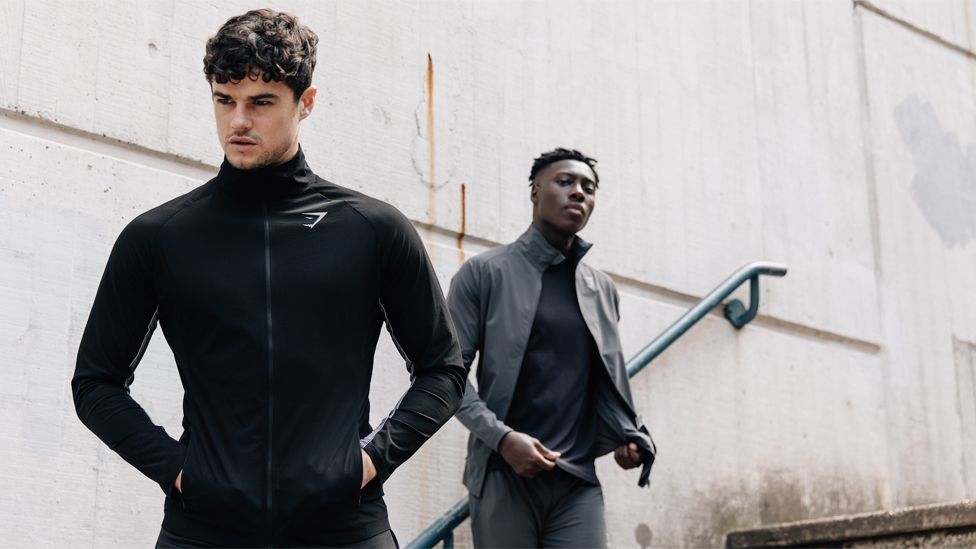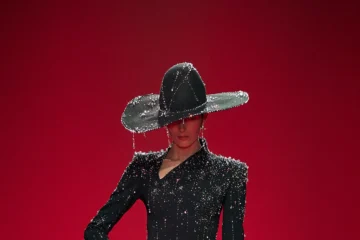Clothing serves as a fundamental aspect of human life, offering not only protection and comfort but also a means of personal expression and cultural identity. The world of clothing is incredibly diverse, encompassing various types and styles suited to different occasions, climates, and preferences. This blog provides an in-depth look at five essential types of clothing, highlighting their unique characteristics and significance.
1. Casual Wear: Comfort Meets Style
Casual wear is designed for everyday comfort and practicality, blending ease of movement with stylish elements. Key aspects include:
- Basics: Essential items such as T-shirts, jeans, and sweatshirts form the foundation of casual wear. These garments are versatile and can be easily mixed and matched for various looks.
- Athleisure: Combining athletic and leisure elements, athleisure includes items like leggings, joggers, and sports bras. This category is popular for its comfort and functionality, suitable for both workouts and casual outings.
- Seasonal Variations: Casual wear adapts to seasonal changes with lightweight fabrics in summer (like cotton and linen) and warmer materials in winter (such as fleece and flannel).
Casual wear offers a relaxed and functional wardrobe option, catering to both everyday activities and laid-back social events.
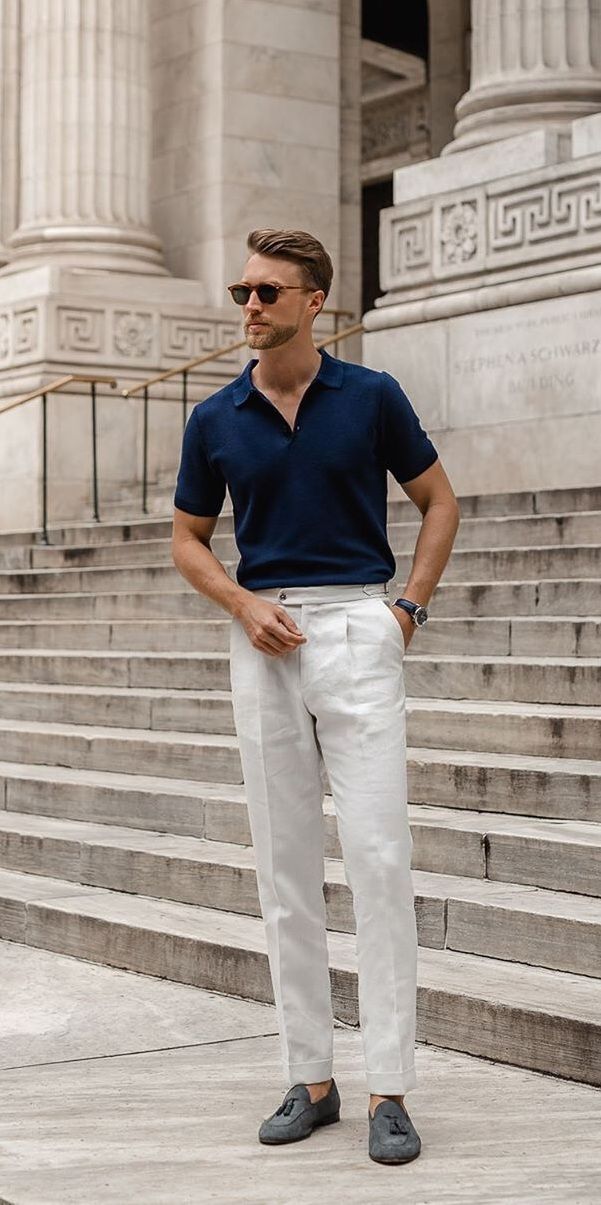
2. Formal Attire: Elegance and Sophistication
Formal attire is reserved for occasions that require a high level of dress and sophistication. Key elements include:
- Suits: For men, a well-tailored suit is a cornerstone of formal attire, often accompanied by a dress shirt, tie, and polished shoes. For women, formal options include tailored pantsuits or elegant dresses.
- Evening Wear: Special occasions like galas and weddings call for evening wear such as evening gowns for women and tuxedos for men. These garments are characterized by luxurious fabrics and intricate details.
- Accessories: Formal attire often includes accessories such as cufflinks, pocket squares, and statement jewelry, which enhance the overall elegance of the outfit.
Formal attire signifies professionalism, respect, and sophistication, making it essential for business and ceremonial events.
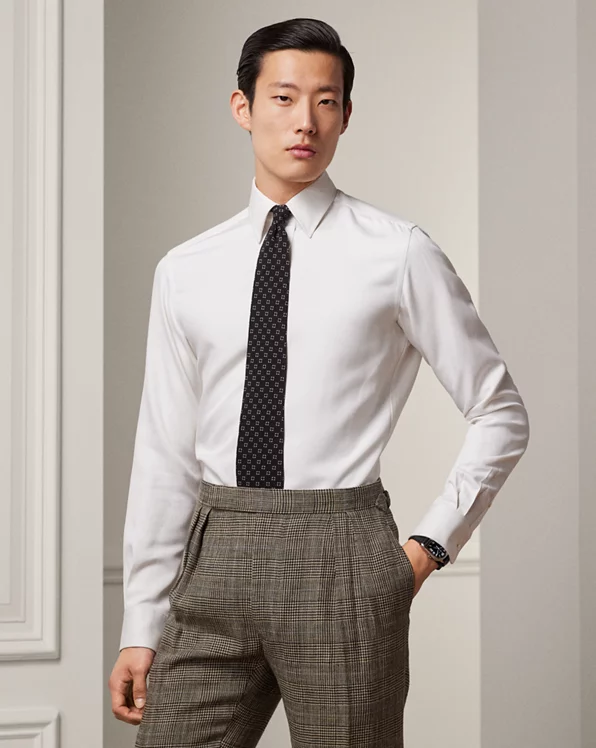
3. Business Wear: Professional and Polished
Business wear is designed to convey professionalism and competence in the workplace. Key components include:
- Business Casual: A step between formal and casual, business casual includes items such as dress slacks, blouses, and blazers. It offers a polished look while maintaining comfort and flexibility.
- Corporate Attire: Traditional corporate attire often includes suits, dress shirts, and skirts or trousers. This style is common in industries with formal dress codes, emphasizing a professional appearance.
- Dress Codes: Different business environments may have varying dress codes, from conservative and traditional to more relaxed and modern, affecting choices in business wear.
Business wear plays a crucial role in establishing a professional image and adapting to various work environments.
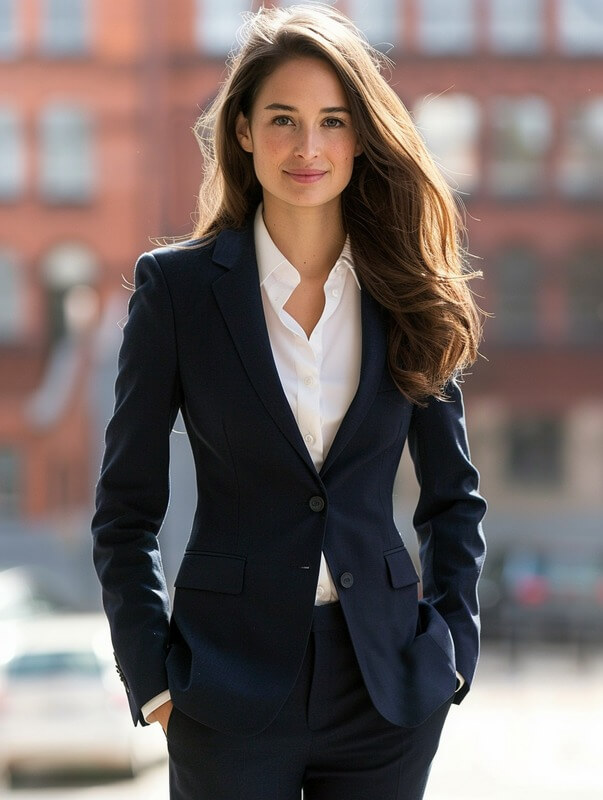
4. Sportswear: Performance and Functionality
Sportswear is designed to support physical activity, combining performance features with comfort. Key types include:
- Activewear: Items such as moisture-wicking shirts, running shorts, and compression wear are engineered to enhance athletic performance by providing breathability, flexibility, and support.
- Specialized Gear: Sports-specific clothing, such as cycling kits, yoga pants, and swimwear, is tailored to the needs of specific activities, offering specialized features like padded protection or water resistance.
- Outerwear: Sportswear often includes outerwear like windbreakers and thermal jackets, designed to protect against the elements while maintaining comfort during physical exertion.
Sportswear is essential for optimizing performance and comfort during various physical activities and sports.
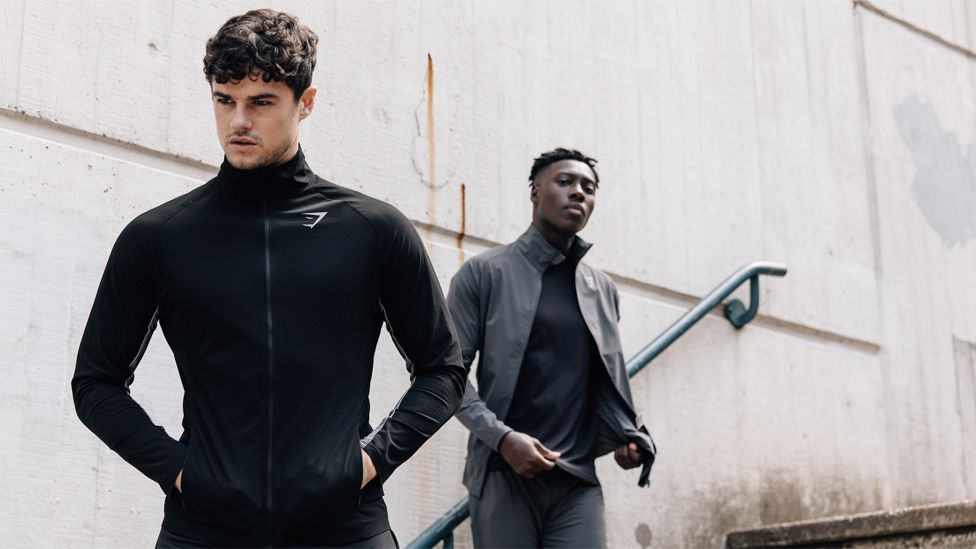
5. Loungewear and Sleepwear: Relaxation and Comfort
Loungewear and sleepwear prioritize relaxation and comfort, providing suitable options for downtime and rest. Key aspects include:
- Loungewear: Includes comfortable garments such as oversized sweaters, sweatpants, and hoodies, designed for home relaxation and casual outings. It blends comfort with a relaxed style.
- Sleepwear: Comprises items like pajamas, nightgowns, and sleep shorts, crafted from soft fabrics like cotton and silk to ensure a restful sleep environment.
- Robes and Slippers: Complementing loungewear and sleepwear, robes and slippers provide added comfort and warmth, ideal for lounging around the house or after a bath.
Loungewear and sleepwear cater to personal comfort, making them essential for downtime and restful moments.
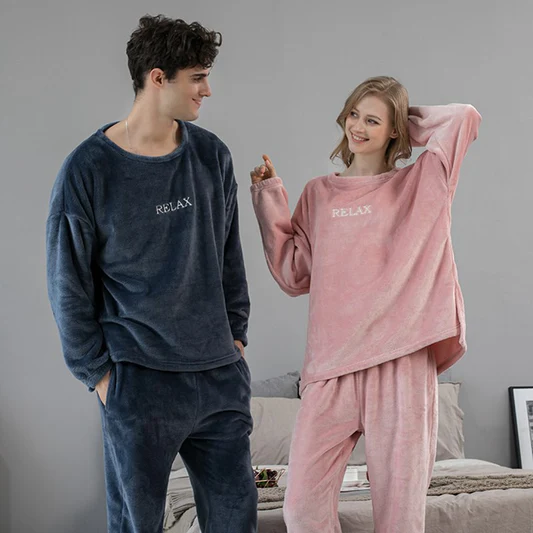
Conclusion
Understanding the diverse types of clothing—casual wear, formal attire, business wear, sportswear, and loungewear—helps in selecting the right outfit for various occasions and needs. Each category offers distinct characteristics and purposes, from daily comfort and professional presentation to athletic performance and relaxation. By exploring these types of clothing, individuals can make informed choices that enhance their lifestyle, functionality, and personal style

